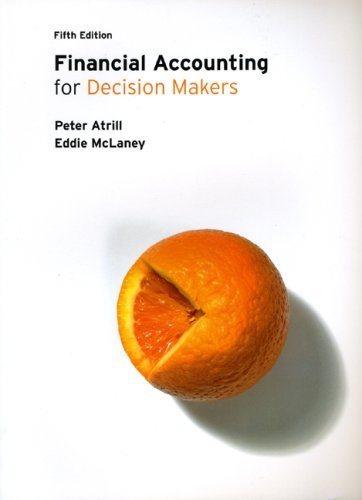
the case of a competitive health insurance market, similar to what we studied in the graph- ical framework in class. Assume that, as in the Affordable Care Act, the government allows many insurers to compete (perfect competition) to offer the one kind of insurance contract allowed. Consumer demand for insurance is described by: P = 15 -0.70 Qmar = 20 Assume that marginal and average costs are characterized by: MC = 10 0.4Q AC = 10 - 0.20 1. Compute the competitive market price and quantity outcome under the usual assump- tions. 2. Compute the welfare loss from adverse selection in this competitive market. Also, compute the number of people who should have insurance from a social perspective. Remember that some people here may not have positive social value of insurance, so shouldnt be counted in the deadweight loss from adverse selection. This could be because, e.g. there are administrative costs of providing insurance. 3. Now, assume that the regulator implements a mandate that requires everybody to buy insurance in the market. Assume the mandate is completely effective, and that everyone gets insurance. What is the welfare impact of this mandate? Is it larger or smaller in absolute value (magnitude) than the welfare loss from adverse selection calculated in 2? Is it negative or positive? 4. Now, assume that the regulator would like to implement this mandate buy legally isnt required to force people to purchase insurance. However, the regulator decides to try and get people to buy insurance by subsidizing them to buy insurance. Assume that the regulator gives all consumer a subsidy equal to 2, funded from general taxation revenues. Given this subsidy, how many people buy insurance now in this competitive market? What is the price of insurance (before factoring the subsidy into that price)? 5. What is the subsidy of this kind in the market that moves us from the competitive market outcome in part 1 to the socially optimal outcome in part 2? the case of a competitive health insurance market, similar to what we studied in the graph- ical framework in class. Assume that, as in the Affordable Care Act, the government allows many insurers to compete (perfect competition) to offer the one kind of insurance contract allowed. Consumer demand for insurance is described by: P = 15 -0.70 Qmar = 20 Assume that marginal and average costs are characterized by: MC = 10 0.4Q AC = 10 - 0.20 1. Compute the competitive market price and quantity outcome under the usual assump- tions. 2. Compute the welfare loss from adverse selection in this competitive market. Also, compute the number of people who should have insurance from a social perspective. Remember that some people here may not have positive social value of insurance, so shouldnt be counted in the deadweight loss from adverse selection. This could be because, e.g. there are administrative costs of providing insurance. 3. Now, assume that the regulator implements a mandate that requires everybody to buy insurance in the market. Assume the mandate is completely effective, and that everyone gets insurance. What is the welfare impact of this mandate? Is it larger or smaller in absolute value (magnitude) than the welfare loss from adverse selection calculated in 2? Is it negative or positive? 4. Now, assume that the regulator would like to implement this mandate buy legally isnt required to force people to purchase insurance. However, the regulator decides to try and get people to buy insurance by subsidizing them to buy insurance. Assume that the regulator gives all consumer a subsidy equal to 2, funded from general taxation revenues. Given this subsidy, how many people buy insurance now in this competitive market? What is the price of insurance (before factoring the subsidy into that price)? 5. What is the subsidy of this kind in the market that moves us from the competitive market outcome in part 1 to the socially optimal outcome in part 2







